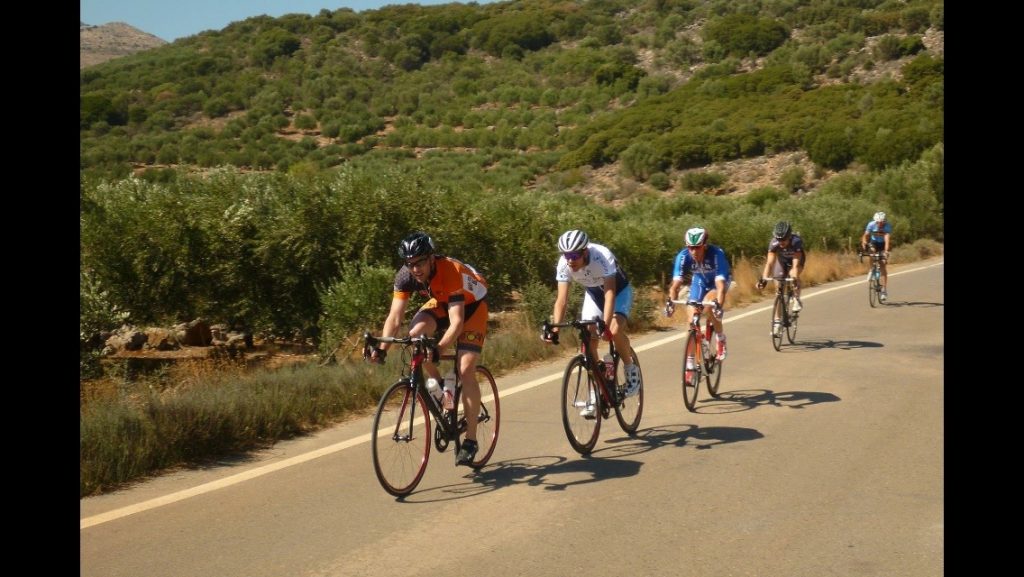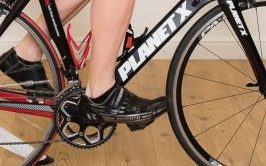
How to perfect your pedalling
If you ride a bike, pedalling is something you can just ‘do’. It’s easy, you’ve been able to do it since you first jumped on a bike as a kid. However, does that mean you are good at it? Could it be improved?
As an avid cycling fan it’s hard not to notice how good some pro’s are at pedalling. Vincenzo Nibali springs to mind as someone who pedals beautifully. So can we mere mortals improve our pedalling and will it make us a better cyclist?
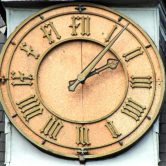
Understanding the basics
For this article we will be thinking of the right leg, so when we talk about a clock face the numbers are relative to the right leg and the crank with the chainrings on.
Pedalling is a skill, so it can be learned and improved. Essentially, it is the muscular coordination of moving the pedal around its’ fixed circle diameter.
From a joint perspective we have the hips, knees and ankles to think about. Then from a muscular point of view we have a lot, more than it’s beneficial to worry about. So grouping things together to make things easier and picking out some of the key ones:
- Hip extensors (glutes, hamstrings)
- Big powerful muscles well capable of producing a lot of force to push the pedal during the power phase.
- Hamstrings also engage as you pull the bottom of the pedal stroke (see below).
- Quads
- Muscles that are able to straighten the knee and very active during the power phase of the pedal stroke.
- Calf
- Though there is a little more to it, they are mainly for transferring the force produced in the hips and quads down through the ankle to the pedal.
- Hip flexors
- Muscles on the front of the hip that are able to pull up during the back of pedal stroke. Whether this is a good thing to do is a matter of some debate. I used to think you really needed to ‘pull up’ during the recovery phase…not so sure now.
The skill of pedalling is coordinating these muscles to get the bike moving as fast as possible. The goal is not to produce the same amount of power throughout the pedal stroke. The goal is to be efficient and economical (not the same thing!), which may be different for different people. So next we will look at the things we CAN do to improve our pedalling.
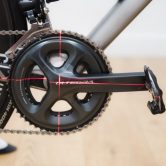
what you should think about?
Things to think about:
- Think about starting the power phase as early as possible. Visualise pushing forwards and down at 12 O’clock.
- Once you have completed the early ‘push’ over the top change your thought to pulling backwards. This should start at about 5 O’clock on the right crank. Visualise trying to pull the cleat of your shoe out of the back of the pedal. This
Things not to think about:
- Don’t worry too much about the main part of the power phase (3-4 O’Clock), that is automatic, so let that happen.
- Don’t think about pulling up. This has often been recommended in the past, but I think is ultimately counter productive as it disrupts the pedal stroke as a whole.
- Don’t ‘pull’ over the top of the pedal stroke. This engages the wrong muscles and ultimately delays the all important power phase.
- Don’t scrape mud off your shoe. I remember reading this in a book by Lance Armstrong/Chris Carmichael when I first started cycling. Though you do want to pull back, the scraping action encourages you to force your heel down, which is counterproductive, you want your foot to stay relatively flat.
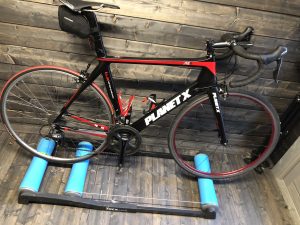
What drills should you do?
Here are 3 great ways to start working on your perfect pedal stroke:
- Dead Leg Drills:
- I used to do one leg drills until I heard Colbie Pearce talk about these on his podcast. I knew straight away these would work far more effectively.
- Instead of taking the foot out of the pedal, leave it in and just don’t use it. It takes a little practise, but it keeps you far more balanced on the bike and really able to work on the pedal stroke of the ‘working’ leg.
- Try a minute at a time to start with and build up your time, focussing on the key elements of good pedalling technique.
- Cadence Ladders:
- You are trying to build skill and timing is a big part of skill. So training at different cadences is a great way to build the skill of pedalling.
- Start a little below your normal cadence (eg 80 rpm) and then every minute add 10rpm to the target. Keep doing that until you reach a cadence where you can’t maintain good technique and are ‘bouncing’ on the saddle.
- Then come back down 10rpm each minute back to the start.
- Over time you will go further up the ladder. Though you can also increase the time spent on different levels to add to the challenge.
- Riding the Rollers:
- As I said at the start, pedalling is a skill. Expanding on this, skill is the ability to execute an action successfully and I would argue that as skill increases there is an ability to execute under different conditions and timing, rollers creates a perfect environment to improve this skill.
- Make sure you are safe, doorways are a good place to start. To start with, just get yourself going.
- Then refine the skill. Make sure you are looking forwards and not down all the time. As you improve start incorporating the other drills into your roller riding. Even simple things like practising taking a bottle in and out left hand then right hand can be a challenge, so practise, make it smooth…build your skills.
Time to start perfecting that pedalling
WHat to do next?
There’s a lot of information here. Don’t be overwhelmed, pick an element to work on next time you are on the bike. Work at it consistently each time you ride and then when you are ready, pick another drill or skill to work on.
“Consistency is Key”
Related posts
Hip mobility for cyclists
Hip Mobility issues are really common in cycling. If you’ve read my blog for a while then you’ll know the most important thing is to find out the root cause of any issue before you propose a solution. However, when it comes to things I most commonly see there are some quick hitters that are great for home hip mobility
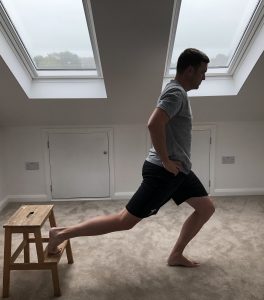
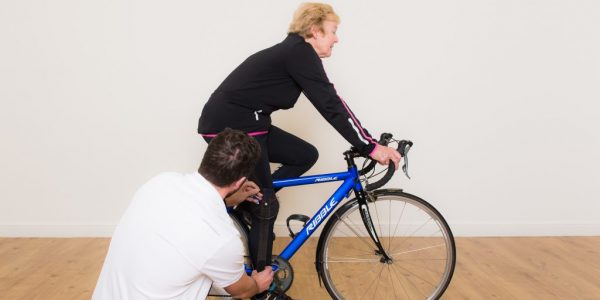
should i get a bike fit
This is an excellent question and not always easy to answer.
The key to answering this question is; is there a good reason for getting a bike fit? In the next section I’ve outlined the reasons that may lead you to consider a bike fit, take a look and see how you fit in.

